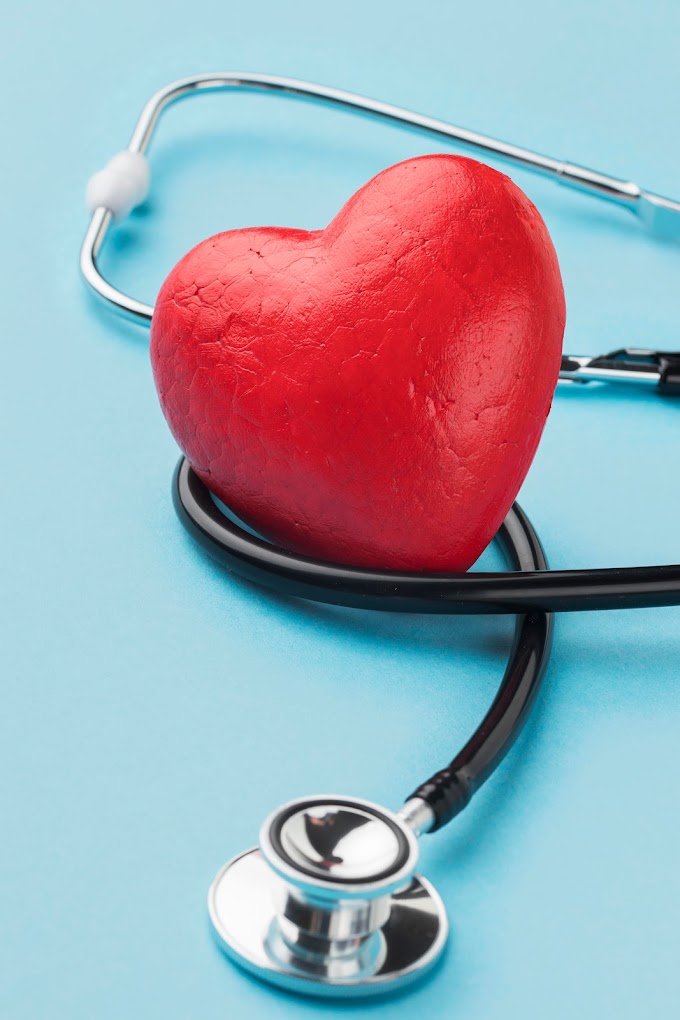A fast heartbeat that is faster than the average resting heart rate is known as tachycardia.
There are numerous varieties of tachycardia, each with unique causes and course of therapy. While some forms of tachycardia are benign and might not even need medical attention, others can be dangerous and call for treatment.
The many forms of tachycardia, along with their causes, symptoms, diagnosis, and available treatments, will all be covered in this article.
many tachycardia types:
1. Sinus tachycardia: This kind of tachycardia is the most prevalent and happens when the heart rate rises in reaction to a fever, physical exertion, worry, or anxiety. Unless it is creating symptoms, sinus tachycardia is usually not hazardous and does not require treatment.
2. Supraventricular tachycardia, or SVT: This kind of tachycardia starts above the heart's ventricles. Usually, irregularities in the electrical signals that regulate the heart's rhythm are the cause of it. Palpitations, lightheadedness, chest discomfort, and dyspnea are among the symptoms of SVT.
3. Ventricular tachycardia: This kind of tachycardia, which starts in the heart's ventricles, is more dangerous. It needs to be treated right away since it may be fatal. Cardiac arrest, fainting, and chest pain are some of the signs of ventricular tachycardia.
4. Atrial fibrillation: A prevalent form of tachycardia, atrial fibrillation happens when the heart's atria, or upper chambers, beat too rapidly and erratically. Atrial fibrillation needs to be managed with drugs or procedures since it raises the risk of stroke and other major consequences.
Reasons behind tachycardia:
Tachycardia can have a wide range of reasons, such as:
Heart disease, dehydration, physical effort, stress, and anxiety
- Hypertension
- Irregular thyroid function
- Heart electrical irregularities
- Medication - Illegal drugs
signs of tachycardia include:
The kind and intensity of the disease can affect the symptoms of tachycardia.
Typical signs of tachycardia consist of:
- Fast heartbeat
Palpitations, chest discomfort, lightheadedness, fainting, dyspnea, exhaustion, and sweating
You should get medical help right away if you encounter any of these symptoms, especially if they are severe or persistent.
Identification of tachycardia:
To identify Firstly, your physician will examine you physically and might prescribe tests like:
- Electrocardiogram (ECG): A non-invasive test that gauges the heart's electrical activity, an ECG can be used to spot irregular heart rhythms like tachycardia.
- Holter monitor: Typically lasting 24 to 48 hours, a Holter monitor is a portable device that records your heart rhythm. This can assist your physician in determining whether any anomalies in your cardiac rhythm are the source of your tachycardia.
- Echocardiogram: An echocardiogram is a kind of ultrasound that offers fine-grained pictures of the anatomy and operation of the heart. It can assist in locating any cardiac anomalies that might be the source of tachycardia.
Handling tachycardia:
The kind of tachycardia will determine how it is treated.
and the degree of the illness.
If a tachycardia is asymptomatic or only produces moderate symptoms, it might not need to be treated. Medication or treatments may be necessary to regulate the heart rhythm in cases of other forms of tachycardia.
Options for tachycardia treatment include:
- Medication: Patients with tachycardia may benefit from using beta-blockers, calcium channel blockers, and anti-arrhythmic medications to help regulate their heart rate and rhythm.
- Cardioversion: In order to help patients with tachycardia regain a normal cardiac rhythm, cardioversion procedures use electrical shock or medicines.
- Catheter ablation: This minimally invasive surgery employs radiofrequency energy to eliminate tiny heart tissue segments that are the source of irregular heart rhythms in tachycardia sufferers.
A device known as an implantable cardioverter-defibrillator, or ICD, is placed beneath the skin and keeps an eye on the heart's rhythm all the time.
For those who have tachycardia, it can administer electrical shocks to bring their heart rhythm back to normal.
To sum up, tachycardia is a medical disorder marked by a heartbeat that is faster than normal at rest.
There are numerous varieties of tachycardia, each with unique causes and course of therapy.
You should get medical help right away if you suffer from tachycardia symptoms including a fast heartbeat, palpitations, chest pain, dizziness, or fainting. A comprehensive assessment by a medical professional can assist in identifying the underlying reason of your tachycardia and creating a suitable treatment strategy to control the condition.





.jpg)




.jpg)



0 Comments